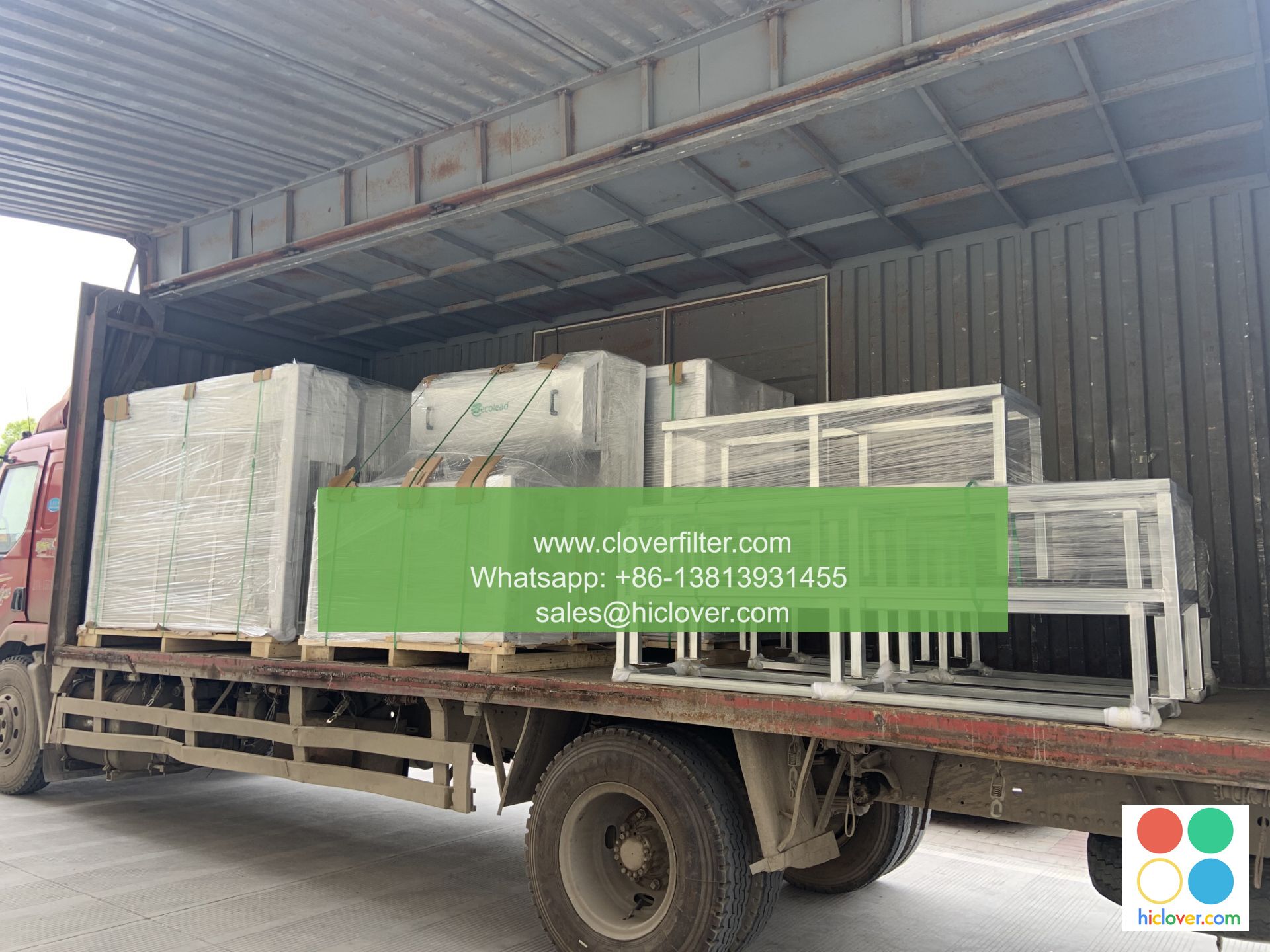Air Filter Pressure Drop: A Critical Factor in System Design

Air Filter Pressure Drop: A Critical Factor in System Design
Introduction
When designing an air filtration system, there are several key factors to consider, including the type of air filter, its size, and its MERV rating. However, one often overlooked but critical factor is air filter pressure drop (ΔP). Excessive pressure drop can lead to reduced airflow, increased energy consumption, and decreased system efficiency. In this article, we will explore the importance of air filter pressure drop and its impact on system design, particularly in various application areas.
What is Air Filter Pressure Drop?
Air filter pressure drop, or ΔP, measures the differences in pressure readings before and after an air filter. It is typically measured in units of inches of water column (inH2O) or pascals (Pa). A lower ΔP value indicates less pressure drop across the filter, while a higher value indicates greater pressure drop. Excessive pressure drop can lead to:
- Reduced airflow rates
- Increased energy consumption
- Decreased system effectiveness
- Potential damage to equipment and components
- Select the right filter size and type: Choose filters that match the system’s specific requirements and airflow rates.
- Use a compatible filter: Ensure the filter is designed for the system’s specific operating conditions.
- Monitor and maintain the filter: Regularly inspect and clean the filter to prevent fouling and maintain optimal performance.
- Optimize system design: Design the system to minimize pressure drop, taking into account factors such as air filter location, duct size, and material.
Why is Air Filter Pressure Drop Important?
Air filter pressure drop has a significant impact on system performance, particularly in areas where low air pressure is critical, such as:
Data Centers and Telecommunications
In data centers and telecommunications facilities, high-quality air filtration is crucial to ensure server and equipment reliability. Excessive pressure drop can reduce airflow rates, causing servers to shut down or malfunction, resulting in lost productivity and revenue.
Aerospace and Defense
In aerospace applications, air filter pressure drop is critical to ensure proper aircraft performance and safety. Excessive pressure drop can reduce airflow rates, leading to reduced lift and stability issues, as well as potential equipment damage.
Healthcare and Life Sciences
In healthcare and life sciences, air filter pressure drop is vital to maintain a sterile environment and prevent contamination. Excessive pressure drop can compromise the effectiveness of ventilation systems, potentially exposing patients to poor air quality and increasing the risk of infection.
Industrial Manufacturing
In industrial manufacturing, air filter pressure drop impacts equipment performance and operational efficiency. Excessive pressure drop can reduce airflow rates, leading to reduced production capacity and increased downtime.
HVAC Systems
In heating, ventilation, and air conditioning (HVAC) systems, air filter pressure drop affects system performance and energy efficiency. Excessive pressure drop can increase energy consumption, reduce efficiency, and compromise indoor air quality.
How to Minimize Air Filter Pressure Drop
To minimize air filter pressure drop, consider the following strategies:
Conclusion
Air filter pressure drop is a critical factor in system design, particularly in applications where low air pressure is essential. By understanding the impact of pressure drop and implementing strategies to minimize it, system designers and engineers can ensure optimal performance, efficiency, and reliability. When selecting air filters, it is crucial to consider the specific application requirements and choose the right filter for the job. By doing so, we can create systems that are more efficient, effective, and safe for both people and equipment.
It looks like you’re starting fresh! What would you like to talk about or ask? I’m here to help with any questions you have, or we can just have a friendly conversation.


